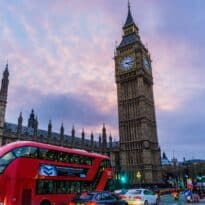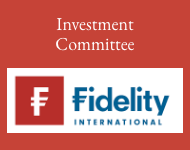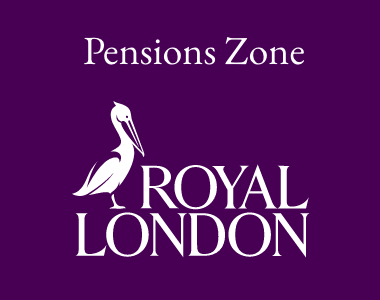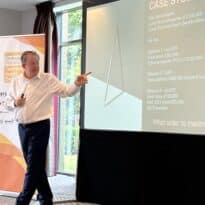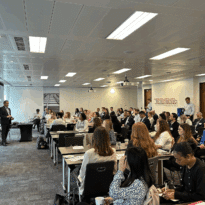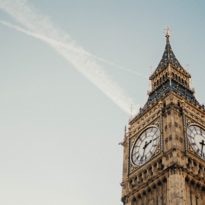Governments are trying to build a bridge over an economic chasm, but where will that intervention leave us long term? Rising inflation and a change of market regime may well be the result, says David Jane, multi asset fund manager, Premier Miton
For some time we have said that monetary policy couldn’t solve the problems caused by the Coronavirus. We felt that fiscal policy was needed to bridge the gap. As the situation has developed, it has become ever clearer that the economic impact is going to be greater and longer lasting than most initial estimates. Governments are attempting to balance the health of their citizens against welfare damage caused by the economic consequences of the economic shut down. Building a temporary bridge over the economic chasm so to speak.
Thus far, we have seen a varied range of measures, from loan guarantees, tax holidays and direct payments to individuals. The priority is to get cash into the hands of individuals and businesses when they most need it to avoid a total economic collapse. However, for firms that were operating with excessive debt, or that were struggling anyway, no amount of short-term government intervention will make them viable. For many, revenues are down 80% or more. There is a great clear out underway and governments can only do so much.
In our opinion, they should focus primarily on reducing the human consequences of the economic decline. Households need support to survive this period until they find new jobs as the economy recovers, as it surely will. A policy that we think will be tried more widely is a form of universal basic income, the advantage being no one slips through the gap. Trump has suggested this might happen in the US. Targeted measures can miss, universal ones don’t.
Profit hit
The market knows that there is going to be a huge profit hit for many or even most companies. It is still trying to scale the profit decline in order to find a new level. Many think the falls will only cease when new virus cases start to decline and therefore, economic activity starts to pick up. We do not have any confidence in such near-term forecasts. We do, however, know that markets will eventually find a level and recover, as will the economy.
The bigger question is what are the longer-term consequences of this huge level of government intervention. It is a general principle that any organisation given additional powers will not give them up readily. We saw this with central banks post the Global Financial Crisis, direct market intervention has now become the norm when it was taboo prior to then. The UK has taken full advantage of our exit from the EU to provide government subsidies. This might well become the norm, here and elsewhere. The temporary bridge over the chasm may well become a more permanent structure.
An obvious answer to this big question is whether we will begin to enter a period of rising bond yields and inflation as government must somehow fund all this additional expenditure. Huge new spending programs may suck resources from the private sector and drive up inflation. Additionally, a knock-on effect of the virus means that the risks of extended global supply chains are now evident. Onshoring may also drive inflation higher.
Bear markets often lead to a change of market regime, with different regions and industries fuelling the next phase of economic growth. As we look to position portfolios for the recovery, we need to be alert to the possibility that the next bull market might look very different from the last. Our process guides us to look for those sectors and regions that are beginning to show signs of momentum, where there is also a good fundamental case, and reduce areas where momentum fades. If the new leaders are different, we expect to find them.


